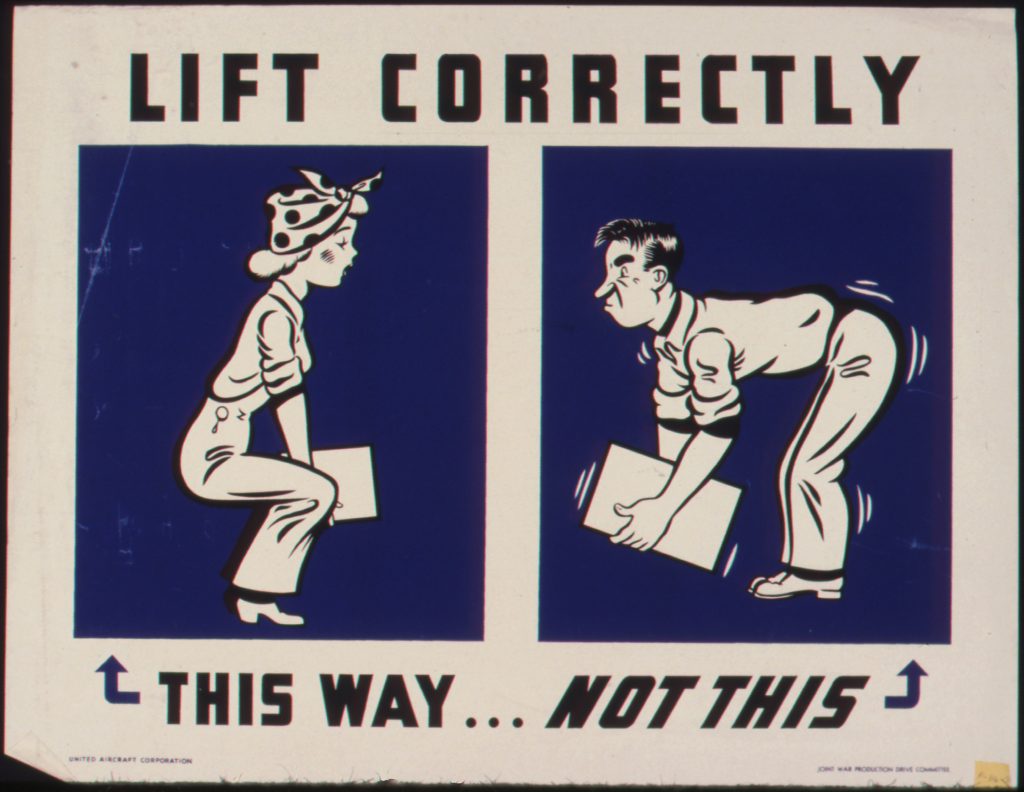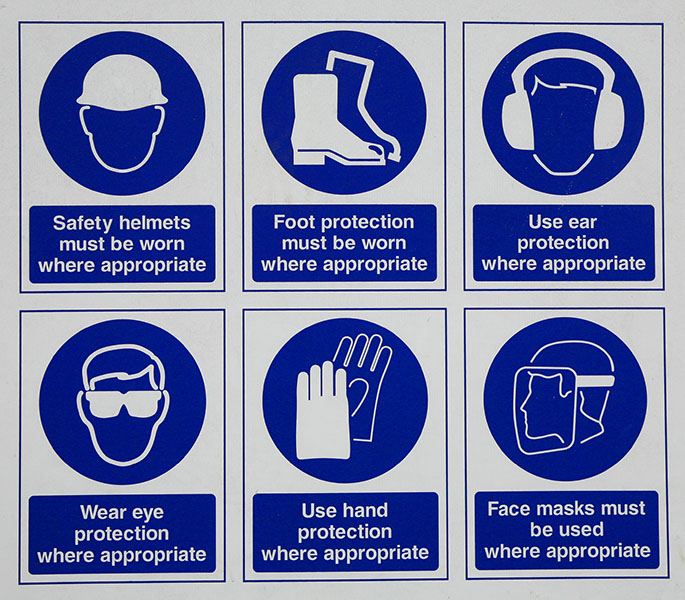Contents
Overview
Objectives
After completion of this lesson, students will:
- Understand definitions of open pit and underground mine
- Learn Mining methods
- Learn Mining equipment’s
- Understand Ground control
- Recognize Mining hazard
- Know Personal Protective Equipment
Vocabulary
Familiarize yourself with vocabulary introduced in this lesson.
Reading
Surface mining is the predominant exploitation procedure worldwide. Almost all metallic ores (98%), about 97% of the nonmetallic ores and 61% of the coal in the Unites States are mined using surface methods. And most of these are mined by open pit or open cast methods.
In open pit mining, a mechanical extraction method, a thick deposit is generally mined in benches or steps, although thin deposits may require only a single bench or face. Open pit is usually employed to exploit a near-surface deposit or one that has a low stripping ratio.
Underground mining is a method which divides into unsupported, supported and caving- are differentiated by the type of wall and roof supports, the configuration and size of production openings, and the direction in which mining operations progress. The unsupported methods of mining are used to extract mineral deposits that are roughly tabular (plus flat or steeply dipping) and are generally associated with strong ore and surrounding rock. Supported mining methods are often used in mines with weak rock structure. Caving methods are varied and versatile and involve caving the ore and/or the overlying rock.
Mining Method
| Reaching the Ore Body | Extracting Ore | Ground Control |
Haulage | Processing Facilities |
|---|---|---|---|---|
| Shaft
Slope or inline Outcrop or drift Portal entries |
Room and pillar
Stopes Raises Block caving |
Timber
Rock bolts and split sets Concrete and shotcrete |
Rubber tired
Track |
Grizzly and crusher
Mills |
Mining Hazards and Accident Prevention
| Unsafe Conditions | Unsafe Acts |
|---|---|
| Ground hazards
Electrical hazards Gas hazards Explosive and fuel hazards |
Taking risks in operating or maintaining equipment
Bending and lifting Slips and falls |
Mining Equipment and Their Functions
| Equipment for reaching the ore body | Equipment for extracting ore | Equipment for ground control | Equipment for haulage |
|---|---|---|---|
| Hoist
Boss buggy Man trip Walking |
Stoper drill
Jack-leg drill Jumbos Muckers |
Stoper drill
Jack-leg drill Jumbo drill Rock bolts and split sets Timbers |
LHD
Slusher Muckers Youngbuggies Locomotives and ore cars |
Company Safety Policy and Rule Book
- Management commitment to safety
- Safety rules
Ground Control – Underground Supports
- Provide a safe workplace by supporting the roof and rib to prevent unintentional rock falls.
Depending on:- geological conditions
- mining methods
- miners experience
- Commonly used ground control methods:
- Timbering
- Rock/roof bolts
- Split sets
- Steel props
- Concrete lining or shotcrete
Mine Hazards and Accident Prevention
Unsafe condition can cause accidents. These are condition not under the direct control of miners. However, good accident prevention procedures, such as workplace inspection and equipment maintenance, can minimize unsafe conditions. The following are common unsafe conditions.
- Ground hazards include falls or back or rib.
- Electrical hazards include faulty insulation, splices and grounding.
- Gas hazards include fumes from diesel-powered equipment, fires, batteries and blasting.
- Hazards will explosives and fuels are always present but are minimized through safe work practices. Transportation of explosives and diesel fuel require additional care.
Unsafe acts are usually the result of taking unnecessary risks and/or trying to take short cuts in proven safe work procedures. Your motivation to work safely will reduce the likelihood for accidents and injury by minimizing unsafe acts.
- Taking risks in operation or maintaining equipment means that it is only a matter of time before an accident occurs. Always drive safely. Use your seat belt. Do not give rides in buckets or other areas not intended for transportation.
- Much of a miner’s work involves bending and lifting. Always follow safe procedures by bending your knees and using them, rather than your back, to lift. If the load is too heavy or awkward get help. Avoid lifting while your body is twisted or turned. Remember to use tall enough ladders, reach safely, and avoid lifting heavy items overhead.
- Wet or oily surfaces, protruding objects, or inattention can cause slips and falls.
A Culture of Safety in a Mining Context
Lifting Heavy Objects

- If the load is too heavy, GET HELP.
- When using a two-person carry, both carriers face in direction of travel.
- When lifting in confined areas on hands and knees, lift object with one hand balance with the other.
OSHA Back Safety
Personal Protective Equipment
Personal protective equipment is equipment worn to minimize exposure to serious workplace injuries and illnesses. These injuries and illnesses may result from contact with chemical, radiological, physical, electrical, mechanical, or other workplace hazards.
Personal protective equipment is always required on a mine site. It is your responsibility to know how to use it properly, and to wear it whenever you are working.
Some PPE’s are common to all mines, while some may be site-specific for your mine. These include:
- safety glasses for protection from rocks, dust and other flying debris;
- hard hats;
- steel toed boots;
- hearing protection;
- respirators
PPE Basics
PPE Overview from OSHAGeneral Respirator Safety from OSHA
